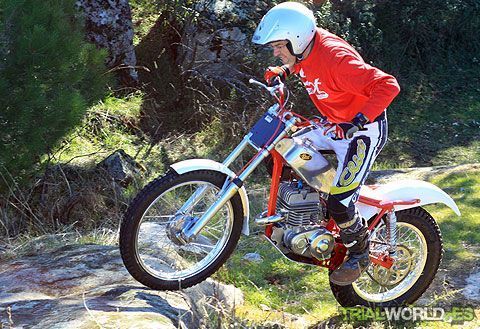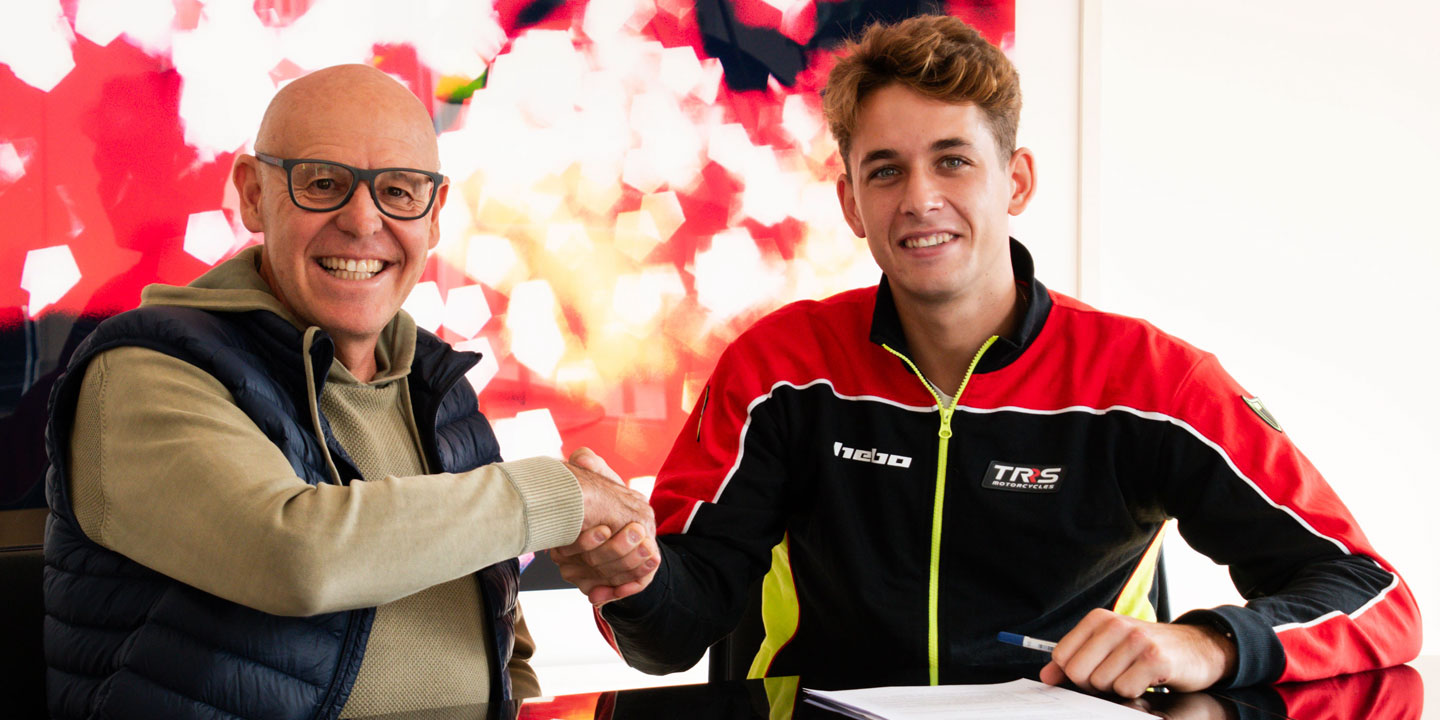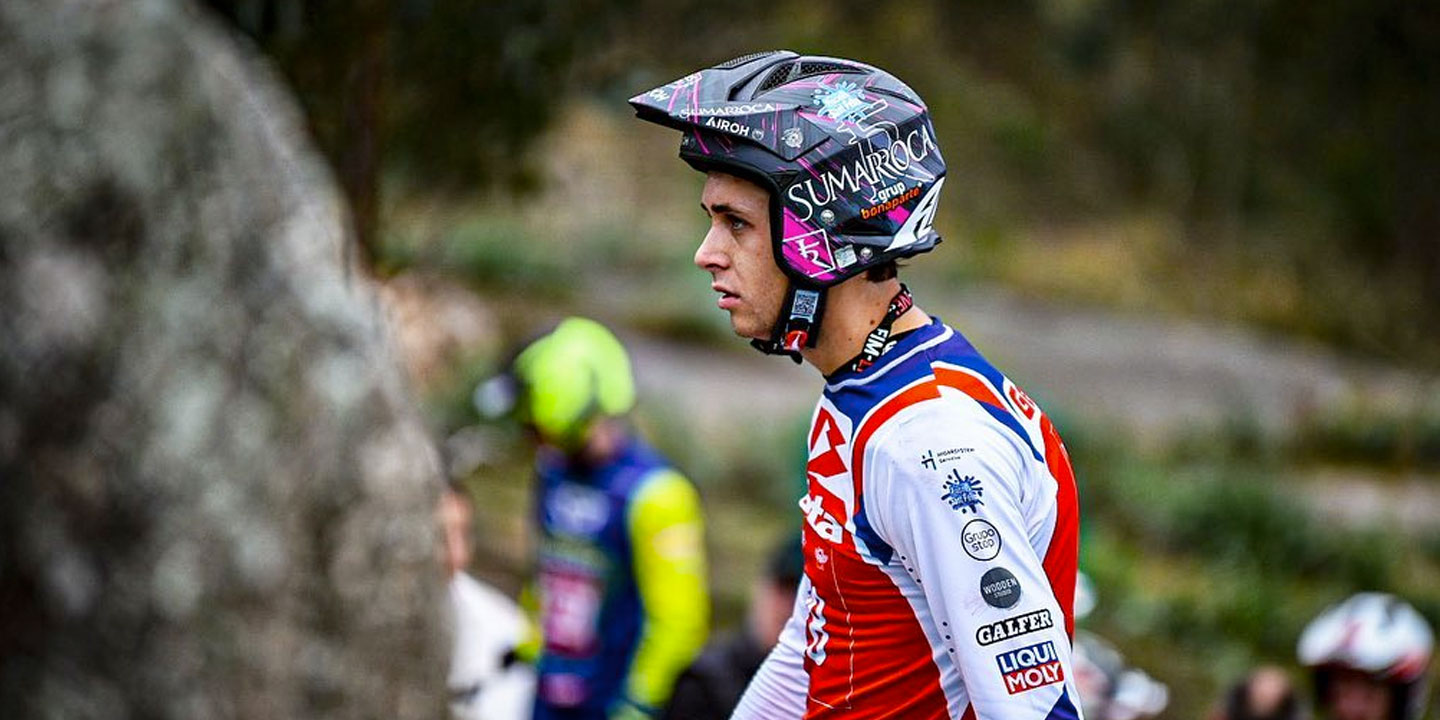
Back to the… past. The Pre-65 Scottish
In the north of Scotland, about two hundred pilots gather every year to remember for two days the confrontations that took place in the 1960s between the two countries. James, Francis-Barnett ,BSA Bantam, Cotton, Sprite, Greeves, Dot and other small brands, some very handcrafted, all with two-stroke engines, and the heaviest and most powerful Ariel, AJS, BSA, Matchless, and Triumph, with four-stroke engines.
The Four-stroke motorcycles had an in-house engine, but in those with a cylinder “with holes” the undisputed king was the Villiers engine. Until Spanish motorcycles arrived in 1965,… but that’s another story in Scotland, as the bikes participating in the Two Days must be manufactured before 1965 and therefore the competition is reserved for English motorcycles

The success of the Villiers engine stems from the fact that manufacturers of two-stroke motorcycles were less economically powerful than their four-stroke counterparts and were forced to turn to a third-party supplier for their powerplant. As this was common, they were forced to make more effort in the cycle part, as it was their only resource to distinguish themselves from the competition.
Builders sought to reduce weight by simplifying their designs and using aluminum where possible and, in many cases, equipping their motorcycles with self-designed front suspension systems.
Also, in the sixties, when the Villiers engine began to show the passage of time, several brands began to use evolved cylinders with which to achieve greater performance and also distinguish themselves from their competitors.
Dot by John Bull. Pre-65 of the 21st century
The recipe of John Bull, for many years a specialist in the manufacture of components for Formula 1 cars – McLaren, Ilmor, March and Cosworth have been counted among his customers – produces a simple result that, as is often the case with simple things, is not easy to achieve.

It all started when John retired and, after a few years away from our sport, decided to return on a bike like the one he used to ride in the club trials of his youth. The bike? A Dot that improves little by little by modifying parts to which she applies her technical expertise.
After discovering, by sheer chance, that the the Dot factory, which officially disappeared in 1978, they are still open in their original location in Manchester and that there were frames and cylinders in them that were never used. John Bull decided to manufacture a small series of Dots in kit form to which he incorporated the improvements of his private motorcycle, leaving the owner to equip it with the elements produced by the powerful English industry of classic motorcycling.
The result is the Dot trial of our report, assembled by the TW collaborator ARS Trial Parts for Gabriel Poveda who will use it, with the bib number 113, in the 2 Days of Scotland on the fourth and fifth of May.
The Dot by John Bull adds, to a chassis with weight distribution and footpeg positioning according to current trends, the following elements that make it a “pre-65 pata negra”: Villiers 32A engine with aluminium Marcelle cylinder, electronic ignition and carburetor Amal Concentric Mk1, Rockshocks rear shocks in aluminum (also made by John Bull, see report in TW), MP fork, aluminium tank, 125 mm diameter drums and some components from the ARS catalogue, such as the Venhill control cables, the articulated gear lever RQ or the XBlok progressive throttle grip, plus a very useful modification, made by ARS at the request of the Dot owner, the repositioning of the brake pedal
or on the right side.
Let’s go. Stable, sweet and easy. Trial
The Dot is one of those bikes that makes your life easier. If you are able to hold that foot or that sudden blow of gas and let it happen, it gently gets you out of the trouble you had gotten yourself into. The rear wheel stays glued to the ground in all circumstances and the front end has great poise.

All of this is undoubtedly helped by the Dot’s very low weight of 81 kg curb, and John’s ingenious solution to the protrusion of the Villiers’ gearbox at the bottom, which forces many riders to lift the engine on the chassis to get the ground clearance that is essential in today’s classic trial.
Bull has instead opted to keep the position of the engine and trim the underside of the gearbox, skillfully modifying its internal components.
The powerful and progressive brakes are a great help to maintain control of the bike at all times.
We are sure that Gabriel Poveda will enjoy himself in the Scottish Highlands with this bike. As a sign of its competitiveness, it can be said that Scott Dommett finished eighth last year in the Scottish pre-65s, with ten points, riding one of these Dots by John Bull, which also earned him the Lampkin trophy for the best bike between 200 and 250 cc and the best result for a motorcycle with a two-stroke engine.
Of course, the big one in a Royal Enfield (Trifield) chassis.
Did anyone talk about two-stroke-four-stroke battles?
Text: Jose Vicente Franqueira (ARS Trial Parts)
Trialworld Takeaways
Understanding how the ARS team works is understanding the outcome of this 1962 Dot. Without that meticulousness, attention to detail, reflection of engineers, patient solutions and understanding of what is really being sought, the level of excellence that this unit exudes would not have been reached.

The interesting thing about this Dot is really in what you don’t see at first, but you do feel it at first. Such as the behavior of the Rockshocks shock absorbers, the balance of their geometries or the optimal performance offered by their 246 cc. Dynamically it is noble, stable and a festival of sensations that would delight the most purists; A gem to enjoy in the best environment: the Scottish Highlands.
Datasheet Dot Trial 1962 by ARS
Engine: Single-cylinder, two-stroke, air-cooled. Villiers 32A with Marcelle cylinder in aluminium.
Displacement: 246.34 cc
Bore x stroke: 66 x 72 mm.
Feeding: Amal Mk1 carburetor 26 mm diffuser diameter.
On: Electronic CDI.Clutch: Multiple discs in separate crankcase from the gearbox.
Primary Transmission: By chain.
Gearbox: 4-speed with foot control. Short ratio for trials in 1st, 2nd and 3rd.
Front Suspension: MP telescopic fork with 35 mm diameter bars and centered axle.
Rear suspension: Rockshocks hydraulic shock absorbers with aluminum body.
Rear brakes: Internal expansion drum with 125 mm diameter.
Wheels: Spoked with Akront light alloy wheels.
Neumatics: Michelin Trial X-Light 80/100-21, 120/100-18.
{bonckowall source=”2″ pkey=”album” pvalue=”104487400570604964457″ pvalue2=”DotTrial” }{/bonckowall}









